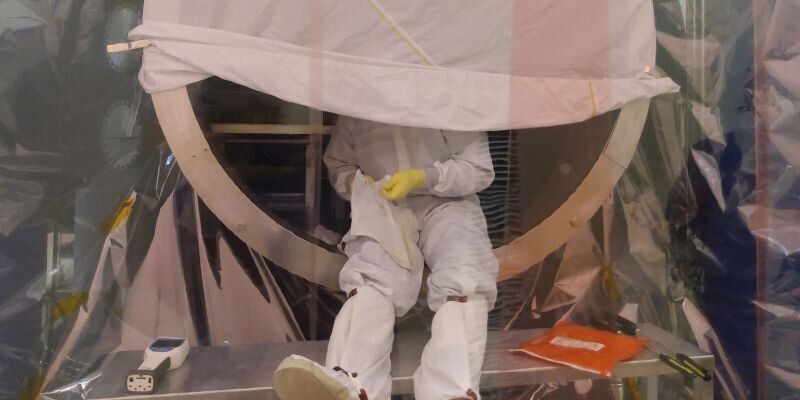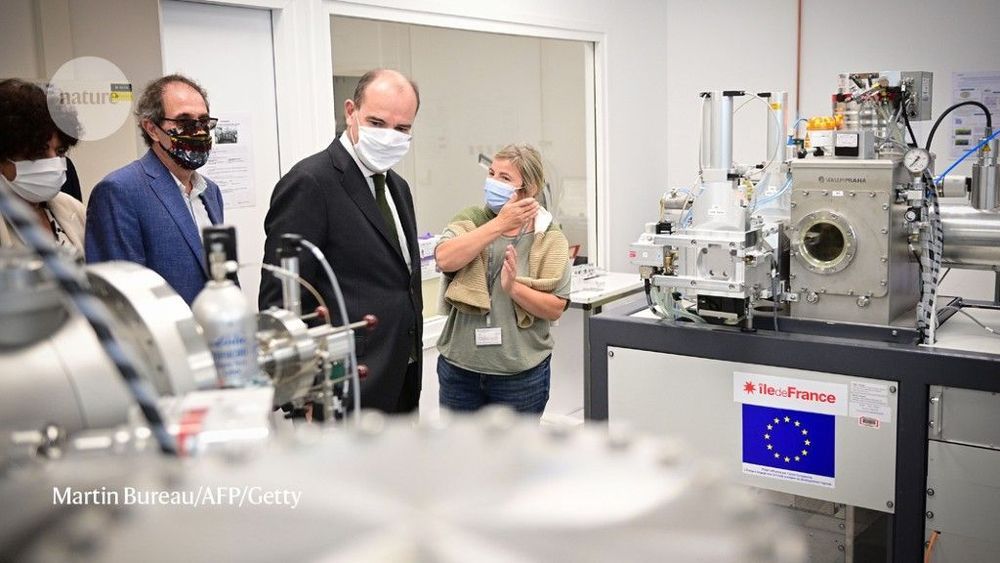Oct 30, 2020
U.S. Sells Seized Iranian Oil
Posted by Quinn Sena in categories: energy, government, terrorism
The United States has sold crude oil seized from four Iranian tankers earlier this year for some $40 million the AFP reports, citing a U.S. government official.
“We estimate that in excess of $40 million will be recouped by the United States related to the sale of petroleum from those four vessels,” Michael Sherwin, acting U.S. attorney for the District of Columbia said. Sherwin added that “a great portion” of the money will be donated to a fund for the victims of “state-sponsored terrorism”.
In the middle of August, the U.S. Administration said it had seized the fuel cargo of several vessels, alleging that the fuel came from Iran and was going to Venezuela. The confiscation followed a lawsuit filed by U.S. prosecutors to seize the cargo carried by the four vessels for violating U.S. sanctions against Venezuela.


















